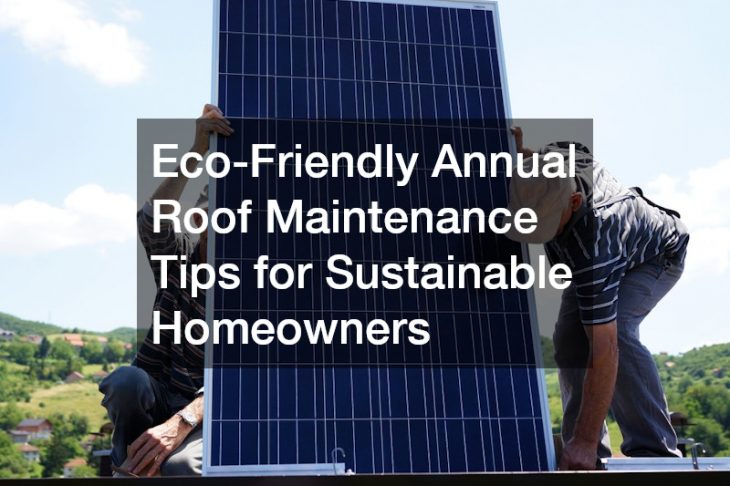
What Your Roofer Wishes You Knew Before a Storm Hits
Understanding what roofers wish homeowners knew before a storm can help prevent damage and save time and money on repairs. This article aims to provide insights from roofing professionals to better prepare you for when the storm clouds gather. As a homeowner, being proactive rather than reactive can make all the difference when facing the threat of severe weather.
How to Prepare Your Roof Before a Storm
Inspection and Maintenance
Regular inspections and maintenance are crucial in ensuring your roof can withstand severe weather conditions. Scheduling an inspection twice a year, typically in the spring and fall, can help identify and rectify issues such as loose shingles or damaged flashing that might be aggravated by a storm. Proactive maintenance not only prolongs the life of your roof but also reduces the potential for costly damage.
Maintaining a roof involves more than just checking for missing shingles. It includes inspecting the attic for signs of leaks or water damage and ensuring that all roofing components, like vents and caps, are secure and functional. With an average roof lifespan of around 20-30 years, regular upkeep can significantly extend the roof’s durability and performance.
Clearing Gutters and Drains
A critical aspect of preparation is ensuring gutters and drains are clear of debris. Clogged gutters can lead to water accumulation and even seepage into the roof structure, which can weaken the roof’s integrity during a storm. Therefore, cleaning gutters at least twice a year is recommended to ensure unhindered water flow away from your home’s foundation.
The presence of leaves, twigs, and other debris can create blockages, causing water to overflow and damage both the roof and the home’s exterior walls. This not only affects the roof itself but can also lead to further complications such as mold growth in the walls and ceilings. Investing a small amount of time in seasonal gutter maintenance reaps benefits in the form of enhanced roof protection.
Professional roofers often suggest installing gutter guards as an efficient solution to minimize debris accumulation. Gutter guards act as a barrier, allowing water to flow through while preventing larger debris from entering. This simple addition can significantly reduce maintenance efforts and reinforce a home’s preparedness before storm season hits.
What to Do If Your Roof Is Damaged During a Storm
Emergency Measures
When damage occurs, immediate steps can minimize further harm. The first priority should be ensuring everyone’s safety by keeping clear of any areas at risk of collapsing or falling debris. Using a tarp or plastic sheeting is a temporary measure that homeowners can use to cover exposed areas, preventing water intrusion until professional help arrives.
It’s essential to document the damage with photos or videos for insurance claims. Clear documentation can help expedite the claims process and provide the insurance company with visual evidence of the storm’s impact. By quickly addressing your insurer, necessary repairs can commence promptly, mitigating further structural damage and financial loss.
Providing your roofer with as much information as possible can also streamline the repair process. Describing the extent of the damage and any immediate concerns allows the roofer to prioritize and tackle the most critical issues first. This approach not only ensures safety but also increases the likelihood of a successful claim and timely repairs.
Contacting a Professional Roofer
Learn why contacting a professional roofer is essential for safety and proper assessment and the things you should keep in mind when selecting one to handle repairs. Engaging a licensed and reputable roofer ensures that the damage is assessed accurately and repairs meet industry standards. Roofers not only address visible damage but also evaluate underlying issues that might compromise the structure’s longevity.
Reaching out to a professional promptly can prevent the worsening of existing damage. Experienced roofers possess the expertise to diagnose the full extent of the impact, offering comprehensive solutions rather than temporary fixes. Avoid the temptation to DIY significant repairs as this could void warranty claims or worse, exacerbate the damage.
How to Increase Your Roof’s Resilience to Storms
Choosing the Right Materials
Material choice plays a significant role in a roof’s durability. Modern materials such as metal, slate, and architectural shingles are known for their strength and longevity, making them popular choices among homeowners. Metal roofs, for example, offer excellent wind resistance and a lifespan of 50 years or more, making them ideal for storm-prone areas.
Each material comes with its advantageous properties, but choosing the right one also depends on regional weather patterns. For instance, impact-resistant shingles specifically designed to withstand hail are advisable in regions where hailstorms are frequent. Consulting with a roofing expert before making a decision ensures that the selected material aligns with both the homeowner’s needs and local climate conditions.
Roof Design Considerations
Design elements can enhance a roof’s ability to withstand storms. Factors such as roof shape, pitch, and overhangs significantly impact its resilience against wind and rain. Steeper pitches, for instance, are better suited for shedding rain quickly and reducing the risk of water intrusion.
The integration of hurricane straps and enhanced fastening techniques can dramatically improve a roof’s structural integrity. These elements help secure the roof to the frame of the house, minimizing the risk of detachment during storms. Architects and builders often recommend these features for homes in areas susceptible to high winds and cyclones.
Increasing your roof’s resilience and knowing the steps to take before and after a storm can make a significant difference in protecting your home. Implementing the knowledge shared by roofing experts will help you better prepare and respond when faced with stormy weather. With proactive measures and informed decisions, homeowners can secure their property, ensuring safety and peace of mind through nature’s toughest challenges.


